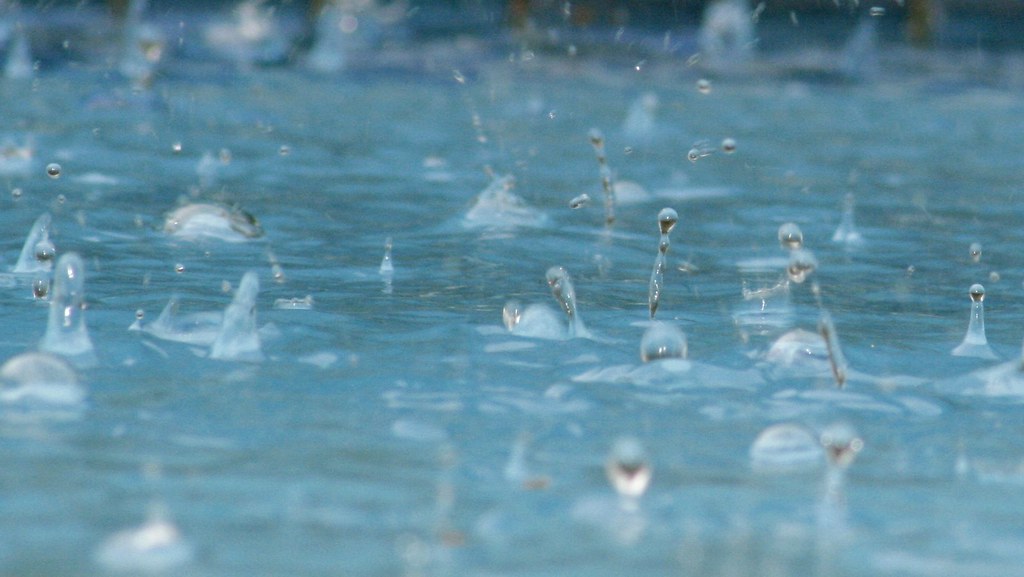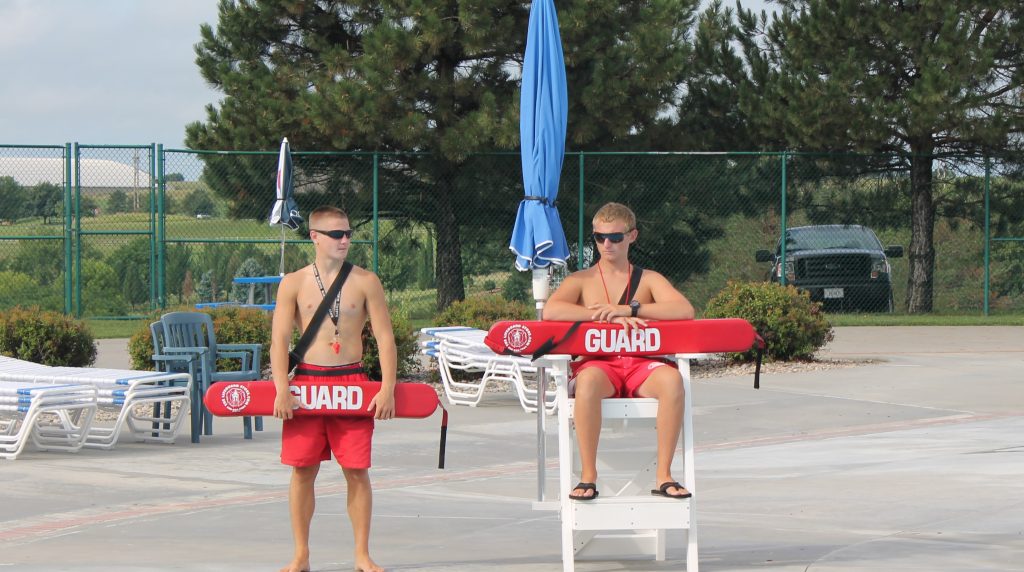The safety of your child(ren) is of the utmost importance to us. We reserve the right to cancel swim lessons for any reason that puts the safety of your child(ren) at risk.
Inclement Weather: In the case of thunderstorms or other inclement weather, we will place a notice on the website by 8:00 am the day of the lessons, as well, as update the Facebook page and voice mail greeting to announce the cancellation.
Mechanical or other issues: We will make every effort to contact parents/guardians at the phone number provided in cases where swim lessons are cancelled for any reason other than weather.
Make-Up Days: We have purposefully created two make-up days at the end of each two (2) week session in case a swim lesson was canceled. The class will be made up during one of the make-up days. A refund will not be provided.
Sample Procedure for closing an indoor/outdoor pool during a lightning storm
- Designate a weather lookout that can monitor a weather radio, weather TV program or Internet weather information to obtain up to the minute local weather information.
- The pool should be cleared and bathers not allowed in the water if there is less than 30 seconds from when a flash of lightning is observed until when thunder is heard.
- Have customers collect their belongings and head for the locker rooms, or designated storm shelter
- We cannot control if customers chose to stay in the shelter. If they chose to leave, they can do so of their own free will.
- The swimming pool will remain closed for thirty (30) minutes after the last thunder is heard.
Notes:
Use the Flash-To-Bang (F-B) method to determine a storm’s rough distance and speed. This technique measures the time from seeing lightning to hearing associated thunder. For each five seconds from F-B, lightning is one mile away. Thus, a F-B of 10 = 2 miles; 15 = 3 miles; 20 = 4 miles; etc. (16).
Attached to the procedure should be a facility map with the designated storm shelters.




